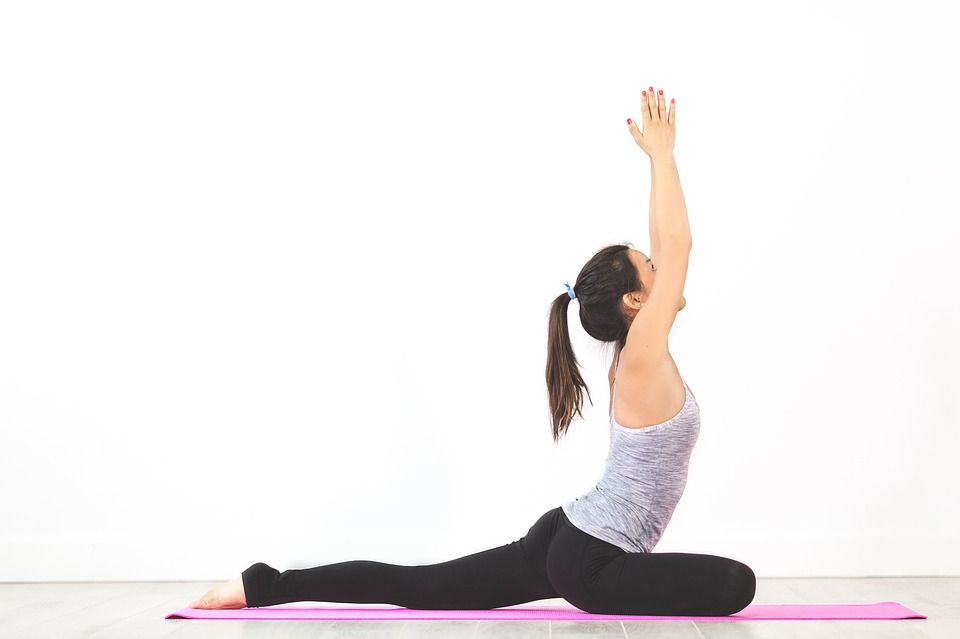This article is excerpted from Harvard Medical School’s Healthbeat Newsletter, dated February 2020.
Chances are you do a lot to sabotage your posture during the course of an average day: reading a good book with your head down, sitting at a computer, or scrolling on your phone. Activities like these can get your body in the habit of hunching or slouching. Over time this may lead to physical changes that make it harder to stand up straight and cause a curvature in your upper back, which doctors refer to as kyphosis.
While there are medical causes of kyphosis — such as arthritis, osteoporosis-related fractures in the spine, degenerating discs, or injuries — some cases of kyphosis can be caused by chronic poor posture over many years. This leads to muscles becoming too rigid and too weak to support your upper body properly. Whether you’ve noticed you’re already starting to slouch or you just want to prevent problems in the future, exercise and better lifestyle habits can help, says Dr. Beth Frates, clinical assistant professor of physical medicine and rehabilitation at Harvard Medical School. “It’s going to take active engagement, exercise, and strength training to improve posture and stay upright,” she says.
Why care about posture?
Poor posture does far more than just affect how you look when you are standing or sitting. It can reduce your strength, impair your balance, and potentially lead to other physical problems over time.
Posture problems can start early. Research shows that even teens are affected, says Dr. Frates. By the time people reach middle age, they may already notice changes in their posture or be experiencing chronic pain as a result.
“When your alignment is off, it has an impact on your whole body,” says Dr. Frates. Think of it as a chain reaction: poor posture pulls other parts of your body out of line, leading to muscle pain and other problems. This is similar to what might happen, for example, if you favor a sore knee. It affects not only your knee, but often your hip and back, which are now out of alignment, says Dr. Frates.
The key to good posture
Holding yourself erect requires both flexibility and strength, specifically strength in a group of muscles and tendons that run the length of the spine, known as the erector spinae. These muscles flank your spine, helping to keep it in position. They work in conjunction with other core muscles and upper-body muscles to hold your body in a straight line.
If you’ve developed kyphosis, it’s always a good idea to pay a visit to your doctor to rule out an underlying medical condition. But the good news is that you can strengthen your muscles and improve your posture even if it’s already starting to sag.
A 2017 study in Osteoporosis International found that people who participated in a six-month program that included posture training and exercises designed to strengthen the spine were able to reduce kyphosis, compared with people who did not go through the program. This suggests, said study authors, that a targeted exercise program aimed at improving posture could be effective in treating older adults with this curvature of the upper back. Similarly, an analysis published April 29, 2019, in PLOS One also found that exercise was able to improve kyphosis of the upper back. Researchers concluded that strengthening appeared to be more effective than stretching alone in improving kyphosis.
Choosing posture-enhancing exercises
Yoga and tai chi are two great ways to improve posture, says Dr. Frates. Both combine strength and flexibility. Yoga focuses on gentle stretches and poses. Tai chi — a form of mind-body exercise sometimes described as “meditation in motion” — uses slow, flowing, choreographed movements.
Exercises that target the upper body, arms, back, and abdomen are likely to benefit your posture by strengthening the muscles that help to hold you erect.
In addition to doing exercises to strengthen muscles and improve flexibility, also be conscious of your posture, and pull yourself upright whenever you notice that you are starting to slouch. You can even buy a wearable device that will alert you when your upper body starts to bend forward. “Even when you are sitting and eating a meal, think about your posture,” says Dr. Frates. “You want your head up and your eyes looking at people.”
Pain Beyond Mindful Posture?
If you’ve been suffering in pain despite trying stretching or exercising remedies there may be an underlying spine condition that can only be treated with surgery. However, not all surgeries are created equal. The Bonati Spine Procedures are proven and targeted, minimally invasive alternatives to traditional open back and fusion surgeries. Dr. Bonati developed and patented these procedures over 35 years ago and we’ve been performing them ever since with a 98.75% patient reported satisfaction rate. If you’ve been diagnosed with kyphosis or another spine condition and are suffering from pain, allow our surgeons to review your case and determine how specifically we can help you. To get this review started, please call us at 855-267-0482 or complete our contact form here and a Bonati Institute patient advocate will be happy to help you!
Read the full article from Harvard Medical School’s Healthbeat Newsletter here: https://www.health.harvard.edu/staying-healthy/stand-tall.

